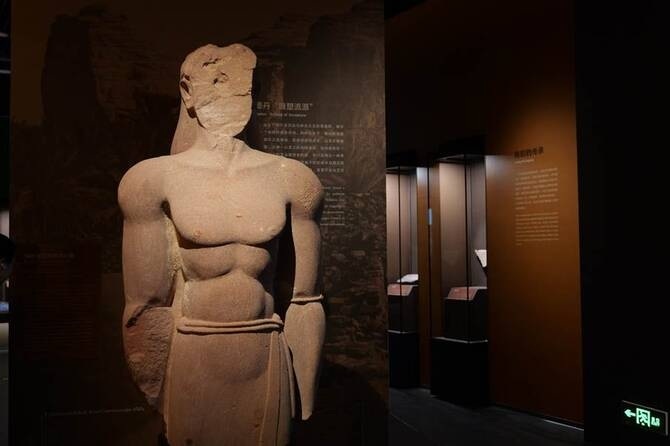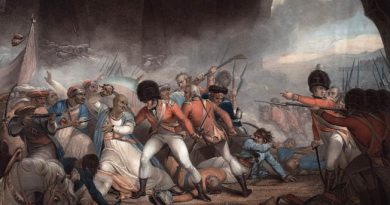Ancient AlUla Treasures Take Center Stage in China, Celebrating Millennia of Cultural Exchange
Saudi Arabia’s Royal Commission for AlUla brings the rich heritage of the North Arabian kingdoms to China, showcasing rare artifacts and shared legacies with Henan’s ancient civilizations.
Saudi Arabia’s Royal Commission for AlUla has unveiled a landmark exhibition in China, celebrating the vibrant history of the ancient North Arabian kingdoms and their enduring influence on regional and global heritage.
Held at the Shang Dynasty Capital Site Museum in Henan province until January 5, the exhibition, “Glimpses of the Ancient North Arabian Kingdoms,” forms part of the Saudi Ministry of Culture’s Saudi-Chinese Cultural Year. It is jointly curated by the commission and the museum, reflecting a growing commitment to international cultural collaboration.
Visitors are invited to explore the civilizations of Dadan, Lihyan, and Nabataea, which once controlled vital caravan routes linking Arabia with Egypt, Mesopotamia, and the Mediterranean. Centered around AlUla, these kingdoms left behind temples, tombs, inscriptions, and exquisite artworks that now offer insight into ancient trade, religion, and daily life.
The exhibition features more than 30 rare objects from AlUla, including 15 artifacts on public display for the first time. Highlights include a finely carved sandstone statue of a Lihyanite ruler from Dadan dating between the fifth and third centuries B.C., votive figurine fragments left by pilgrims at Umm Daraj and Jabal Dadan, and a remarkable 2,000-year-old Nabataean silk fragment from a monumental tomb. A silver “sela” coin from Petra, depicting Nabataean King Aretas IV and Queen Huldu, underscores the region’s rich economic and artistic heritage.
Complementing the Arabian collection, the exhibition also features 10 Chinese artifacts, including camel figurines, incense burners, and cosmetic items. These items draw meaningful parallels between AlUla and Henan, both UNESCO World Heritage Sites, emphasizing shared legacies in trade, writing, and cultural exchange that date back to the first millennium B.C.
Although direct contact between the North Arabian kingdoms and ancient Chinese dynasties has not been definitively documented, organizers highlight that the exhibition provides a unique opportunity to explore interconnected histories of two civilizations that flourished at global crossroads.
“The exhibition allows visitors to appreciate how AlUla’s ancient kingdoms not only shaped Arabia’s cultural landscape but also contributed to a broader story of international exchange,” said a spokesperson for the Royal Commission for AlUla. “By sharing these treasures in China, we celebrate centuries of innovation, trade, and artistic achievement that resonate across cultures today.”
The exhibition has already attracted wide interest from historians, art enthusiasts, and the general public, offering an immersive journey through ancient societies that once bridged continents. Interactive displays and detailed storytelling bring the objects to life, providing educational insights for both adults and students.
Through initiatives like this, Saudi Arabia continues to strengthen cultural ties with China and other nations, showcasing its commitment to preserving and sharing heritage on a global stage. AlUla’s ancient kingdoms, long celebrated for their strategic significance and artistic mastery, are now inspiring new generations worldwide.
As the exhibition continues through early 2026, it stands as a testament to the enduring value of cultural exchange, fostering appreciation for the rich histories that connect distant lands and peoples across time.



